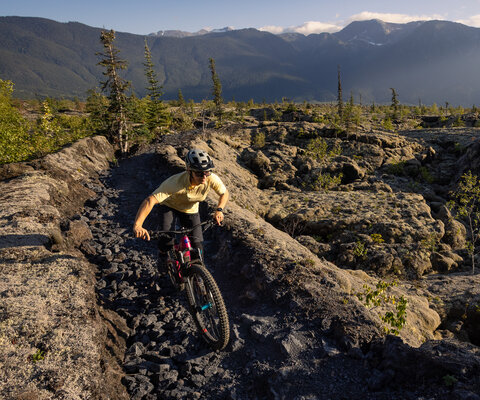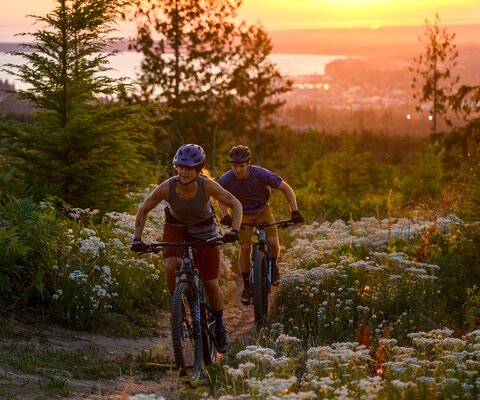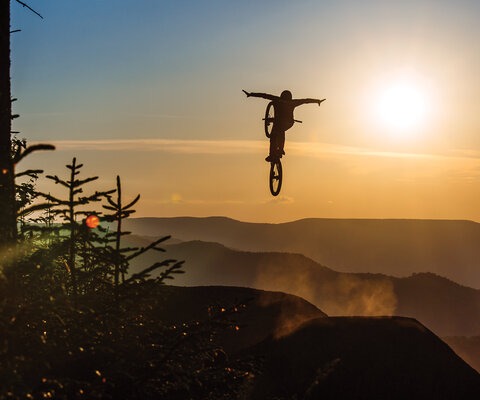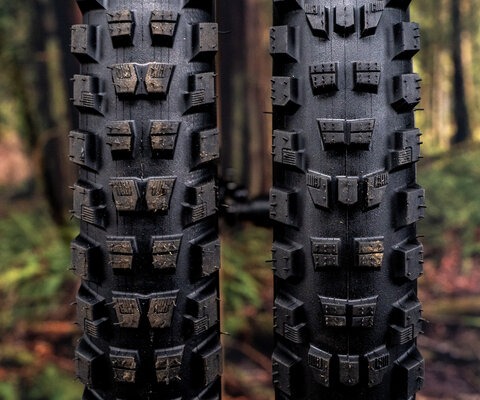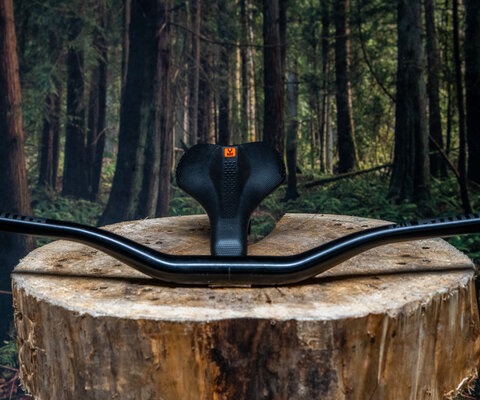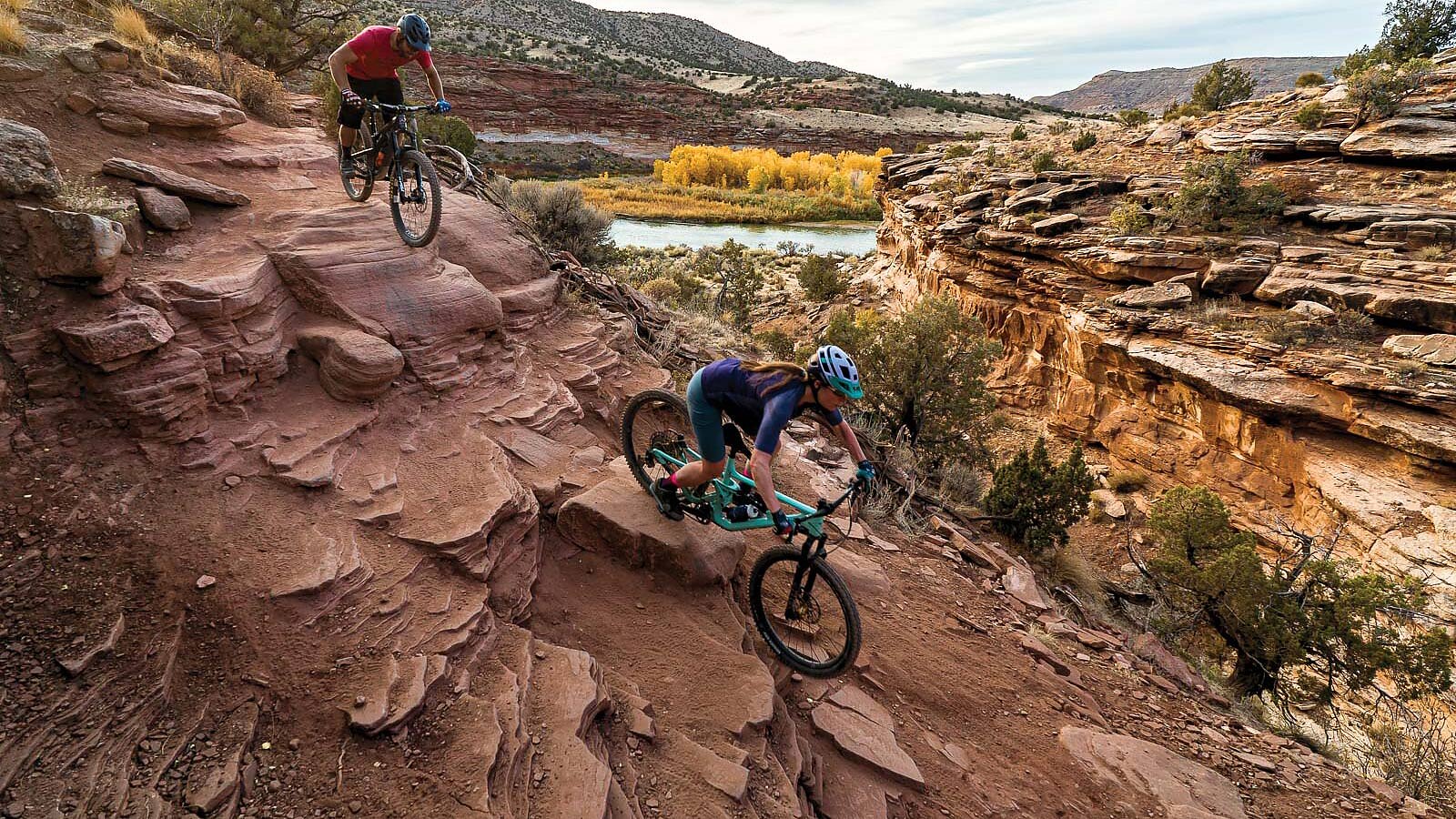
High-Desert Heaven An Oasis of Revival and Redemption
Words by Morgan Tilton | Photos by Devon Balet
One of the world’s most prolific deserts extends into western Colorado. This intense, mesmerizing landscape abuts the towering Rocky Mountains to the east and Utah’s Great Basin to the west. Known as the Colorado Plateau, this expanse covers roughly 130,000 square miles of the treasured Southwest. As with any moisture-deprived climate, this arid environment is full of extremes, from scorching summers to cold winters.
Unfathomable gorges and vibrant red rock buttes have been eroded throughout the plateau by the Colorado River, which commences in the Rockies and flows southwest 1,450 miles to Mexico, carving the Grand Canyon along the way. The Grand River, as the Colorado was formerly known, separated the Grand Mesa—the planet’s largest flat-topped mountain—from the Book Cliffs, the world’s longest continuous escarpment.
Stretching 215 miles from the town of Palisade, Colorado to Castle Gate, Utah, these sandstone-and-shale cliffs form a dramatic backdrop to some of Colorado’s finest trail networks. Not far from the town of Fruita, ribbons of speedy singletrack along spiny ridgelines follow the fans of the Book Cliffs. Fluid laps along technical basalt and sandstone-tossed sections give energizing views of the sapphire Colorado River. The area is stacked for desert bike play. Yet even with the sport’s burgeoning growth, these trail systems do well to disperse mountain bikers, preserving that mystical sentiment of uncultivated desert solitude. It’s no wonder this is where the Centennial State’s premier high-desert riding communities thrive: Fruita, Grand Junction, and Palisade, surrounded by 19th-century farmland and fruit orchards.
The region’s earliest known inhabitants were the Paleo-Indians, circa 11,000 B.C.E., followed by the Fremont, who grew maize and squash. The Ute people occupied the land from 1,300 C.E. until European-descended settlers pushed through the American West.

Today, the outdoor-recreation economy is recognized as a vital driver alongside this basin’s agricultural heritage. Fruita’s mountain bike fame lies at Kokopelli and 18 Road, while Grand Junction is best known for its Lunch Loops network. Most recently, the 32-mile Palisade Plunge trail—which descends from 10,700 to 4,728 feet—was put on the map. With almost 6,000 feet of elevation loss, the Palisade Plunge is in the same league as world-famous descents like the Whole Enchilada near Moab, Utah.
Since the 1980s, countless trailbuilders have helped to create this paradise of mountain bike trails. Momentum picked up in 1988 when Timms Fowler, a young Grand Junction attorney, rounded together 10 riders to make the 142-mile Kokopelli Trail from Fruita to Moab: The first interstate trail in the U.S. These volunteers even had permission from the Bureau of Land Management (BLM), which was a novel concept in those foundational days. Off-road bicycles hadn’t existed until the 1970s, and back then precious few people were pedaling them into the wilderness. The idea of regulations for off-road bikes was only starting to develop among land management agencies.
Not long after the world’s first mountain bike club—the Crested Butte Mountain Bike Association—was formed in 1983, the sport’s early adopters had begun advocating for bike-legal routes on public land. It had become increasingly apparent that establishing relationships and dialogue with land managers would be crucial to ensuring that bikes would be allowed on specific public trails, and in 1988 the International Mountain Bicycling Association (IMBA) was formed to help achieve this end.
Buoyed by their success in creating the Kokopelli Trail, Fowler and other dedicated trailblazers founded the Colorado Plateau Mountain Bike Trail Association (COPMOBA) in 1989 to help develop more sustainable trails in the Colorado Plateau region. One of the group’s founding board members was Bill Harris, who quickly pioneered the association’s next major project: the 142-mile Tabeguache Trail from Grand Junction to Montrose. The effort formalized and helped establish the now-famous Lunch Loops trail network a few miles from downtown Grand Junction, in what was formerly an off-road jeep and equestrian area.

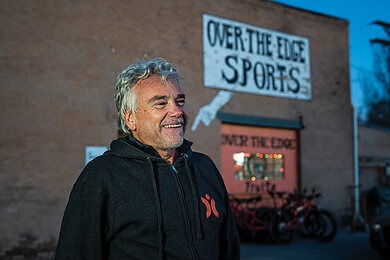
The evolution of area trails continued into the 1990s, and by the middle of that decade, some monumental developments began to take place. A longtime Grand Canyon dory guide named Rondo Buecheler had been managing a ski and bike shop at Powderhorn Mountain Resort on Grand Mesa until around 1995 when the ski area didn’t renew the shop’s lease. Buecheler was keen to open another outdoor storefront, and with the growing popularity of the Kokopelli Trail, he thought the town of Fruita would be an ideal place to set up shop. He bought a 90-year-old building and partnered with his friend, Troy Rarick, to found Over the Edge Sports (OTE).
Though other mountain bike shops already existed in the Grand Valley, such as the Board & Buckle outdoor store in nearby Grand Junction, OTE was the only bike shop in Fruita. At the time, the sleepy town of only 2,500 residents was far from being known as a mountain bike hub. Fruita’s economy had yet to reboot from the historic oil shale bust of 1982, and Buecheler and Rarick knew they needed to light a community spark. Their modest brick-and-mortar was becoming a gathering place for a tight group of passionate riders, and they decided to create a mountain bike festival to attract more riders to enjoy their special corner of the desert. So, in 1997, the Fruita Fat Tire Festival was born.
The backbone of what was to become Fruita’s major trail network was nestled in the high-desert ridges at the base of the Book Cliffs, about 11 miles north of the town center. At that time, the Bureau of Land Management (BLM) had an open-use policy for this part of the North Fruita Desert, and equestrians, jeepers, dirt bikers and cattle all roamed the area, etching lines into the terrain that mountain bikers could ultimately develop into more defined trails. Realizing the enormous potential for flow that these ridges provided, local riders from the OTE community picked up tools and started chipping away at what is now the renowned 18 Road trail system.
“Rondo and Troy were both enthusiastic for getting new trails built in the area,” says Scott Winas, one of OTE’s first employees, who had moved to Fruita from Tucson, Arizona. “The patrons and our community around that bike shop got busy making those trails at 18 Road. That was an epicenter of the trail creation and fun. We started riding cow trails, connecting this one to that one.
“Cows literally make good trails, if you don’t mind roughness,” Winas adds. “It was easy to connect dirt roads, game and cow trails.
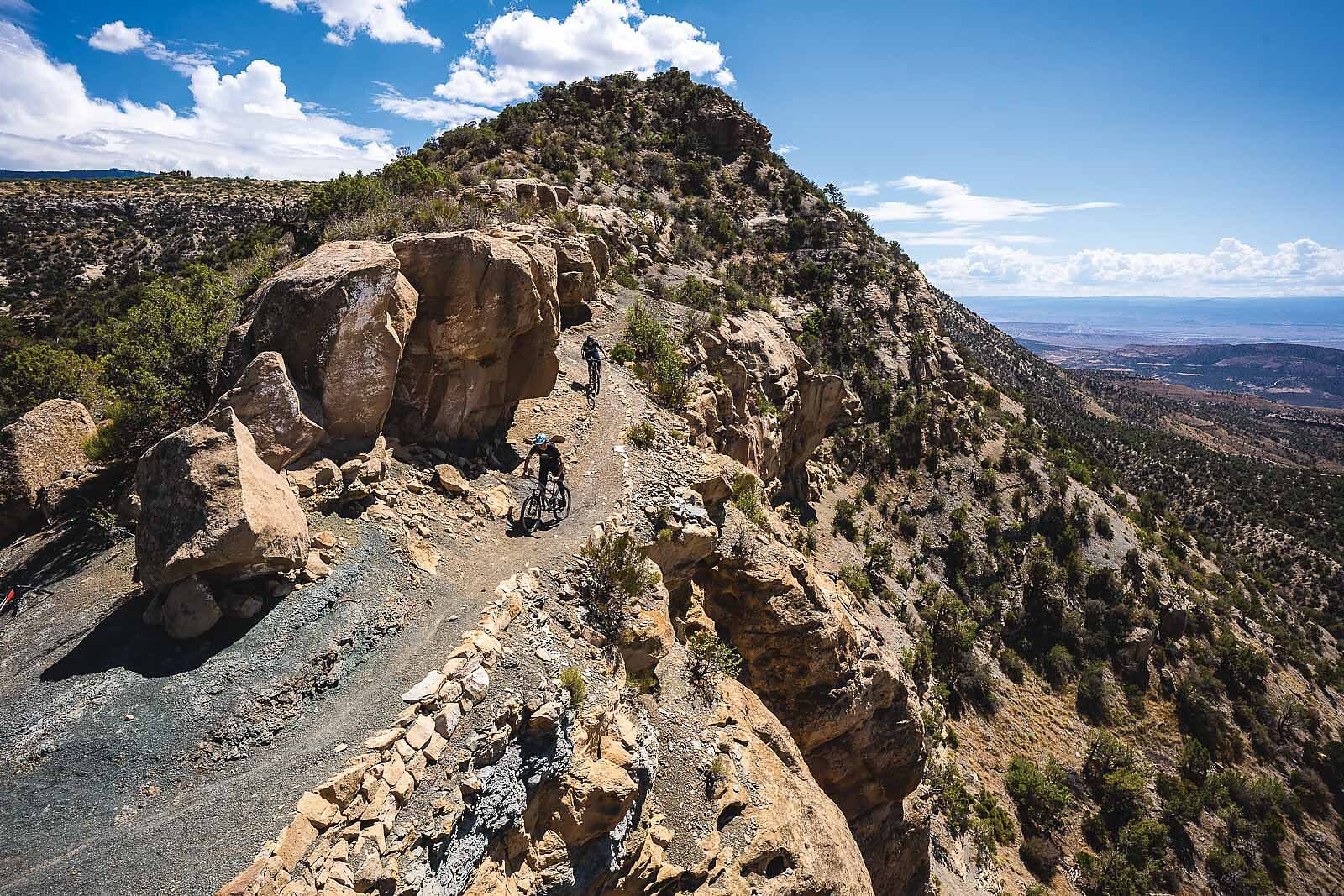
Today, this well-worn circuit of flowy trails weaves up and over ridges scattered with sagebrush, prickly pear cactus and wild parsley. Like vital water of the desert, riders flow south on their descents toward the Grand Valley’s farmland, rooftops and the skyline of McInnis Canyons, a conservation area. Surrounded by 1.6 million acres of public land, it’s easy for riders to find a sense of seclusion.
The establishment of this now-tranquil network wasn’t without its problems, however. The initial development at 18 Road was unsanctioned, with the majority of trails hammered out between 1997 and 2002. As they weren’t built in partnership with the BLM, some red flags were raised, and conflicts between different user groups would arise.
“It was no-man’s-land activity,” Winas says. “We would build in the morning before work, and off-roaders had driven on our new trail. Ranchers were trying to keep the cows fed and watered. The initial methodology was self-serving. What might be great for you is not as great for your neighbor.”
It was clear that greater communication was needed, and COPMOBA established a dialogue with the BLM, which in turn urged the advocacy group to reign in some of the town’s rogue trailbuilders.
“You had two camps during a messy era,” Winas says. “There was animosity as things went through the meat grinder of formalization. Social trailbuilding had a come-to-Jesus moment with land management. Ultimately, the BLM adopted many trails at 18 Road into their inventory, taking a long-term perspective that encourages trailbuilding to continue.”
Among the trails from that era that were grandfathered in by the BLM are some of Fruita’s finest, such as Joe’s Ridge, Zippity Do Da, Prime Cut, Chutes and Ladders, and the Edge Loop
One of the key figures ushering in peace between trailbuilders and land managers was Clint Kinney, who moved to Fruita from Durango to work as a city manager in 2002. His resolution-based lens helped iron out tension and moved the community in a positive direction.
“Clint was really influential,” says Anne Keller, who’d also moved to Fruita in 2002 with her partner, Jen Zeuner, and taken up jobs at OTE. “He saw alternative approaches and was the diplomatic voice in the room.”
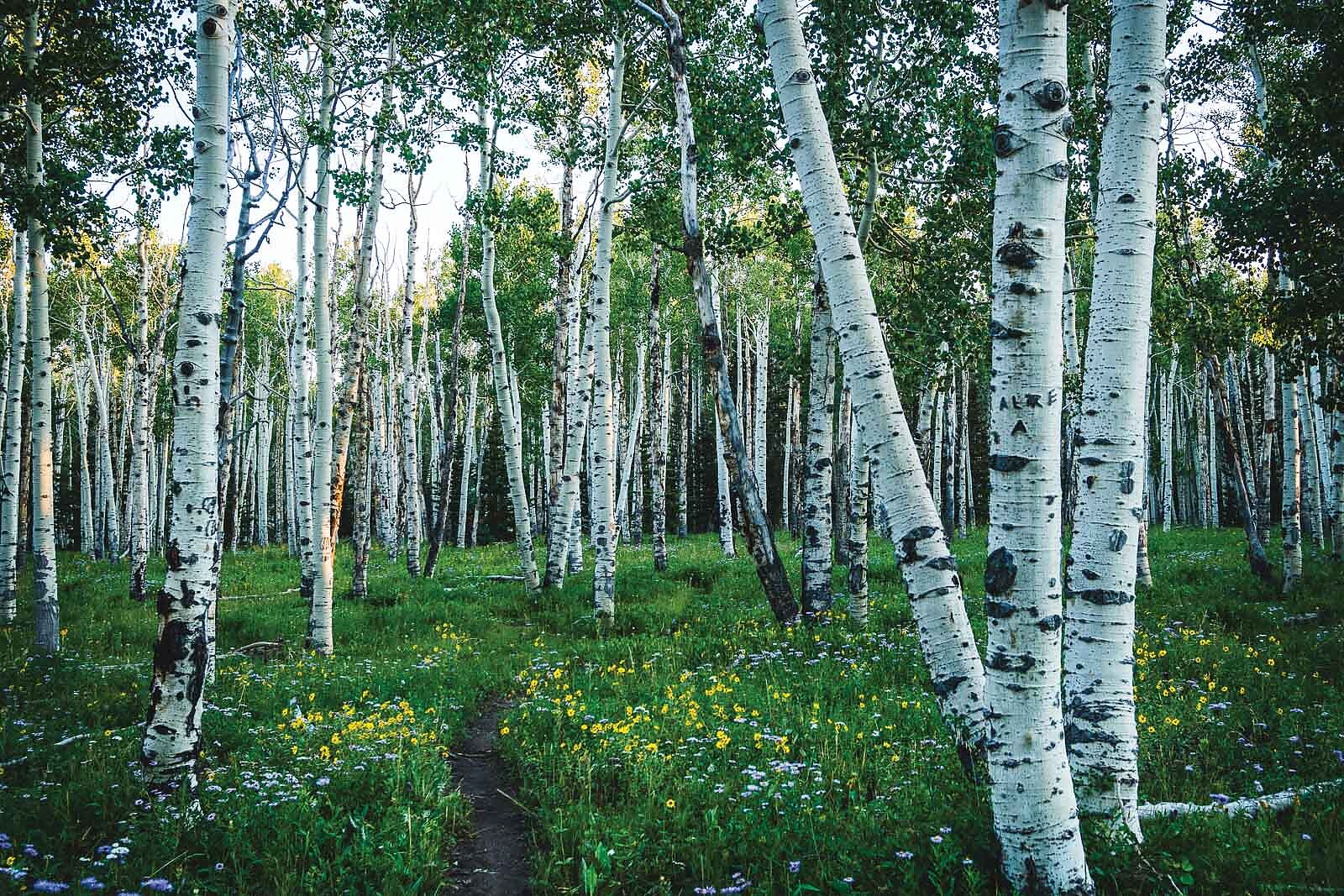
For Fruita residents, mountain biking has long been woven into the fabric of the community, and even non-riders benefit from its presence.
As the relationship between trailbuilders and the BLM softened, OTE continued to rally the community and serve visiting mountain bikers. A group of about 30 riders comprised the core of the OTE circle, while fewer than 100 other mountain bikers were scattered throughout the rest of the Grand Valley. The Fruita Fat Tire Festival was a major factor in drawing people to town and raising awareness of the incredible trails.
“Troy is a fantastic community builder and deserves a lot of credit,” Keller says. “He would pull people to this festival—surly guys from Minneapolis, all these different bike companies like Kona—and everyone was a little, or a lot, off the hook, usually after the sun went down.”
In the festival’s early days, it was indeed rowdy, with few, if any, rules. Cigarette-smoking singlespeeders ripped around in jean shorts and sleeveless flannels. Helmets were optional. Beer was swilled, whiskey was shot, and donuts served as a chaser of choice. To signal the start of the Clunker Crit race, a non-bike-owning farmer in jean overalls waved a flag and drove his tractor to help arrange dirt courses
“It went from 30 to 300 people,” Zeuner says. “You’re like, ‘Oh shit, nobody has a helmet on, and you’re drunk? And they’re shooting off bottle rockets? You have to choke down a donut and swish it with a whiskey drink?
Raucousness aside, the festival undoubtedly helped to put Fruita on the map as a mountain bike destination. The momentum continued, and by 2004, Rarick had launched another avant-garde event: 18 Hours of Fruita, an endurance race held one weekend apart from the Fruita Fat Tire Festival, encouraging visitors to stay in town for at least a full week.
With an increasing number of riders flocking to Fruita, there was a real need for dining establishments that could cater to the needs of hungry mountain bikers. Keller and Zeuner decided that an East Coast-style pizzeria would be just the ticket. Three years after moving to Fruita, they opened The Hot Tomato to provide quality pizzas made of homemade dough, local sausage and bacon, all washed down with microbrews in a decidedly rider-friendly atmosphere. Over the years, The Hot Tomato has become an iconic meeting place for locals and visitors to trade stories from the trail after a satisfying day of riding
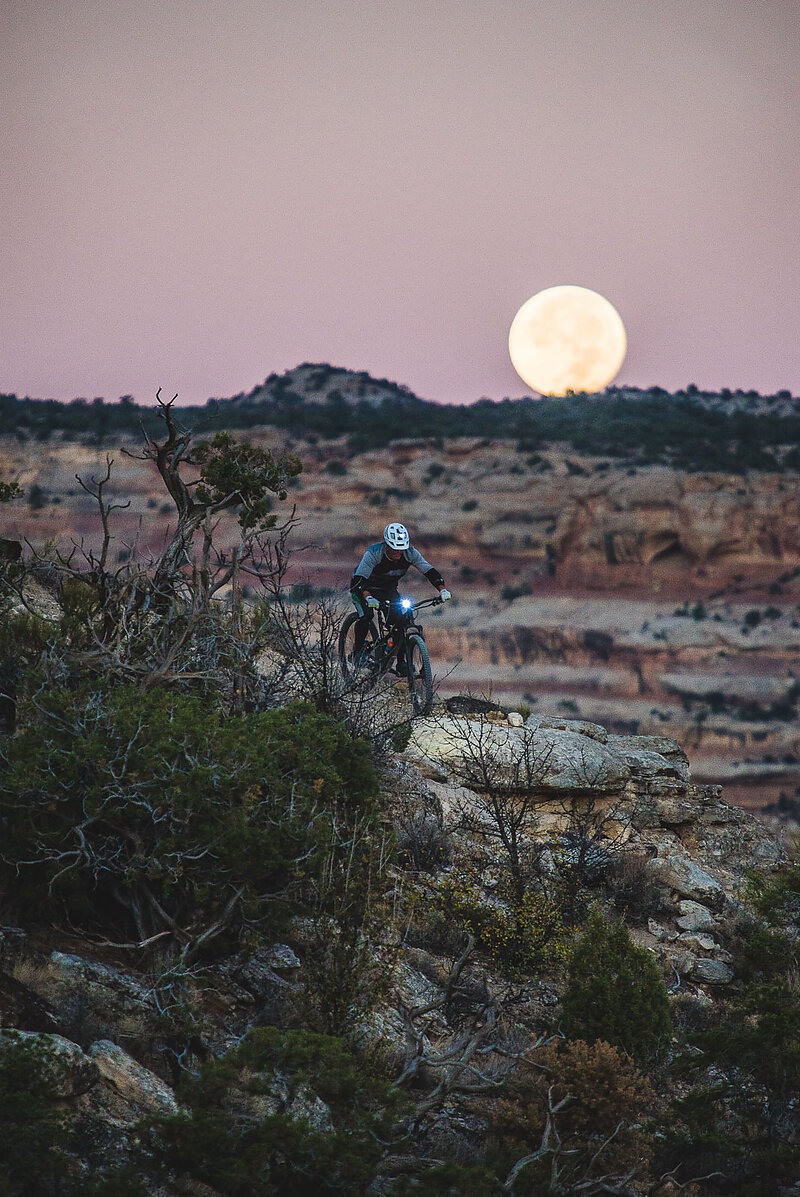
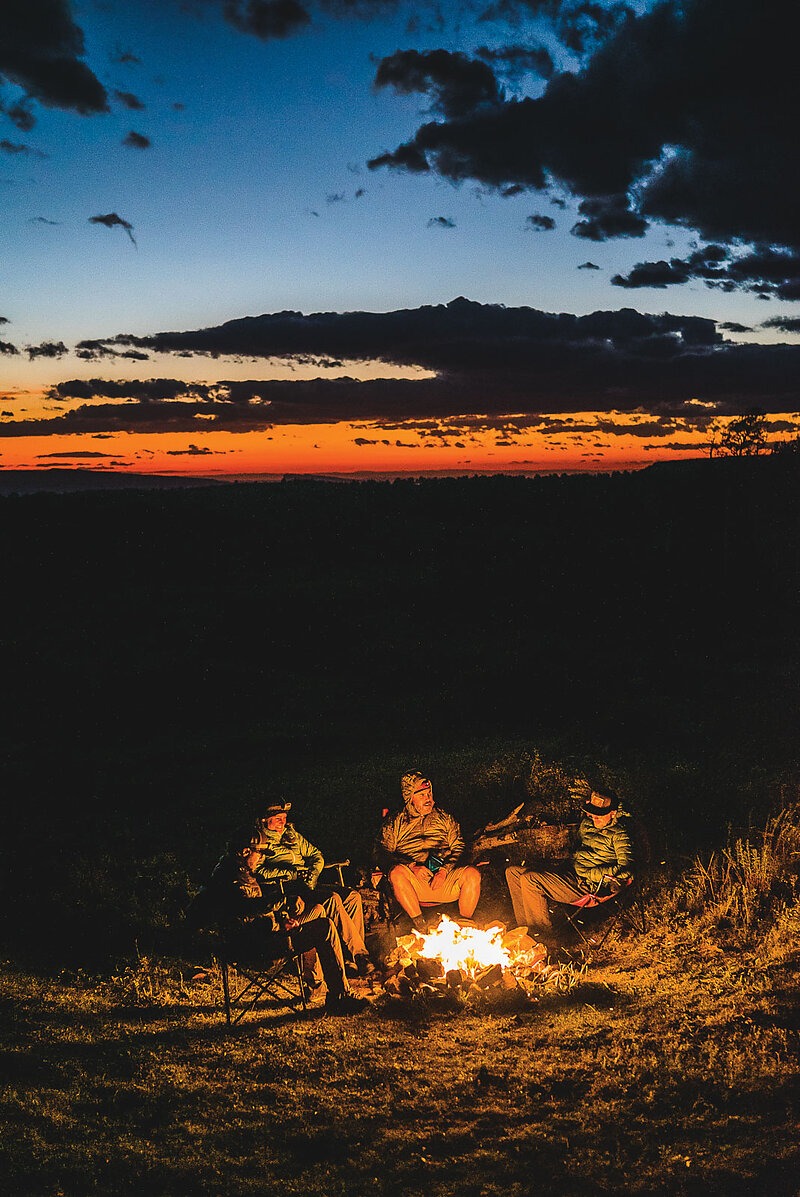
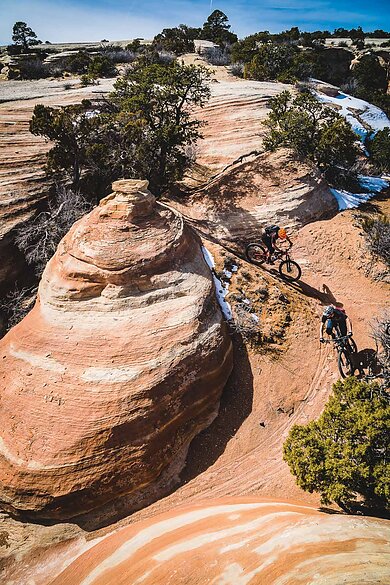
For his part, Buecheler left OTE, and in 2006 he and Winas co-founded Rapid Creek Cycles in nearby Palisade. Several years later, Winas stepped into a second role as the Vice President of Engineering for Mountain Racing Products (MRP), a Grand Junction-based manufacturer of mountain bike suspension, drivetrains and components. Adding to his mounting list of responsibilities, Winas served as COPMOBA’s president from 2011 to 2021, when current president John Howe assumed the role.
Howe first fell in love with the area in 1991, when he’d road-tripped from the Denver area with his wife for a job interview and sampled some of the early trails
“My wife and I rode Mary’s and Lion’s Loop at Kokopelli,” Howe recalls. “I was sold. I was amazed at having that mountain biking minutes from Grand Junction.”
While engineering the Tabeguache Trail, COPMOBA had also built trails at what’s known as the Kokopelli Loops, where legendary trails like Horsethief Bench follow the rim of a gorge overlooking the wide, cobalt Colorado River. The stunningly scenic loop features technical drops, washes filled with violet-colored stone flakes, and honey-hued, petrified sand dunes
A decade into its existence, COPMOBA completed the world’s first-ever interpretive mountain bike trail, Rustler’s Loop, a beginner-friendly singletrack with technique-education signs throughout the route. And in 2007, the organization spearheaded the first BLM-sanctioned freeride trail—a challenging, downhill-only run known as Free Lunch—near Grand Junction.
By the time COPMOBA celebrated its 20th anniversary, an honorary party was held at the Interbike International Bicycle Expo to induct the group into the Mountain Bike Hall of Fame—a first-of-its-kind recognition through today’s Marin Museum of Bicycling. Howe attributes this recognition to the organization’s success in creating a wide variety of trails that appeal to riders of all backgrounds and skill levels.
For Fruita residents, mountain biking has long been woven into the fabric of the community, and even non-riders benefit from its presence, says Mike Bennet, who became the city manager in 2014
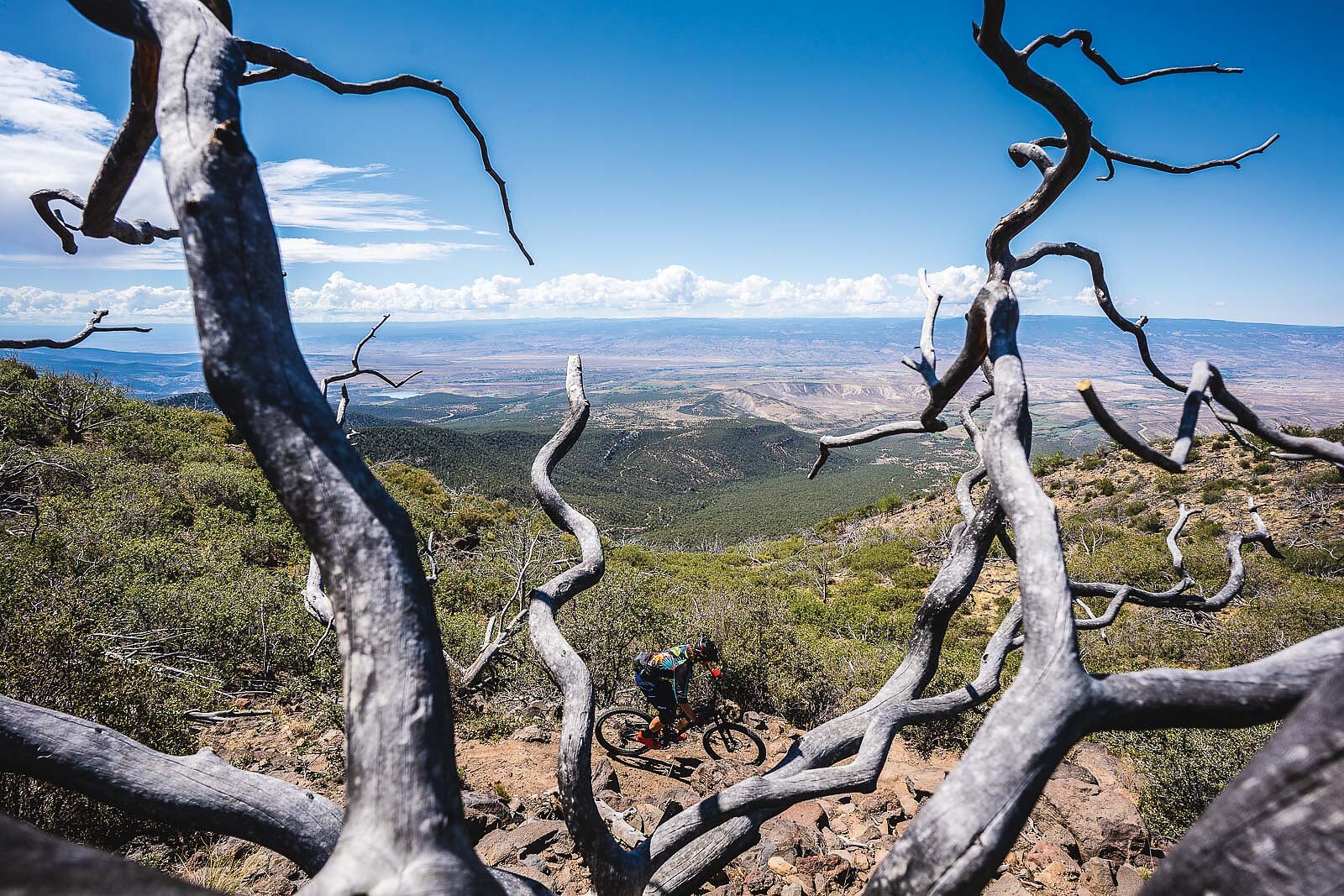
“Whether people mountain bike or not, they reap the benefits of the sales tax revenue that helps pay for the core services we provide as a city,” Bennet says. “We are contacted by tons of communities saying, ‘How do we become a mountain bike community?’ There are so many awesome people with big ideas and passion who make it happen.”
During his tenure, Bennet has worked on tightening those threads. The city has started working even more strategically with COPMOBA, the BLM, the Western Colorado Conservation Corps, and local businesses like OTE, The Hot Tomato, and Colorado Backcountry Biker to pool resources for designing, building and maintaining trails.
Most recently, Fruita has obtained grants for expansions at the North Fruita Desert Campground and its adjacent 18 Road trail system. The number of overnight campsites has dramatically increased from 58 to 208 sites, and almost 50 miles of trail are being added to the network. The additions include 25 miles of new singletrack, 2 miles of reroutes, and 23 miles of event loops. And a survey to support the expansion of the nearby Kokopelli Loops system is being planned.
The nearby town of Palisade, some 23 miles east of Fruita, might be more widely known for its peach orchards and local wineries, but it has long boasted trails that have been ridden since the 1990s. Unofficial foot and horse paths crisscrossed private and public land, and many of these are still used by hikers today. For years, however, area mountain bikers have dreamed of building a mountain bike-legal trail that would run from the top of the Grand Mesa all the way to the banks of the Colorado River and the town of Palisade.
The idea wasn’t totally new. For ages, inhabitants of the Grand Valley have sought to connect the top of Grand Mesa with the surrounding lowlands. The Parianuche, a band of the Utes, spent summers game hunting atop the mesa. Come winter, they would make their way back down to the plains, but the going was never easy. The mesa is topped with a dense layer of volcanic basalt that does not easily erode, leaving towering obstacles that are difficult to navigate. Creating a top-to-bottom route through this terrain has been a perennial challenge.
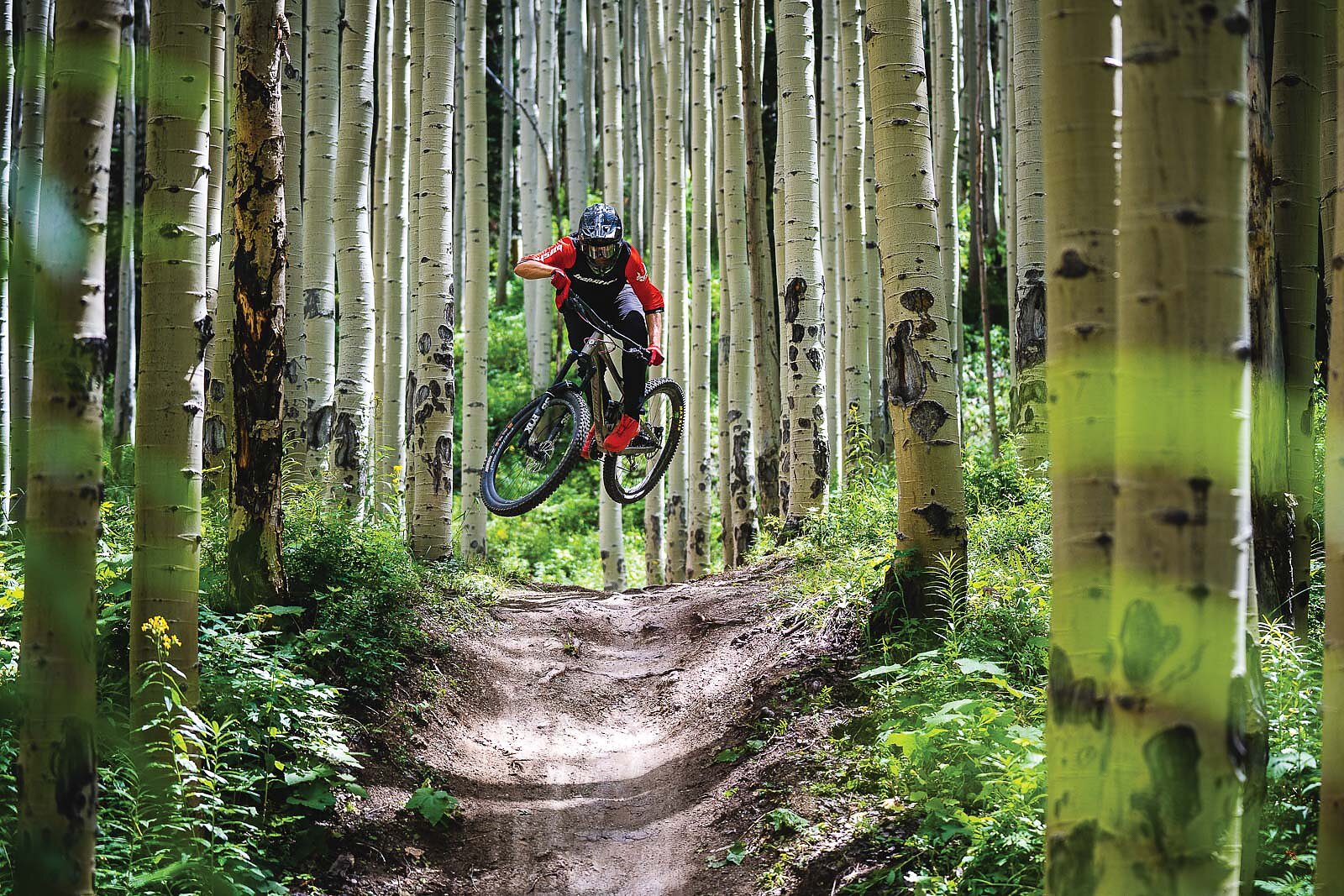
Though historic local legend John Otto, a key advocate for the nearby Colorado National Monument, blasted a route through the rock band and constructed retainment walls and a series of hairpin switchbacks in 1910, these sections have never been inviting to mountain bikers. Still, they laid a foundation of possibility, and figures like Buecheler and Winas began to explore this potential in earnest in 2013.
“We started doing backcountry rides, putting together a conceptual plan and thousands of hours into figuring out how this route could work,” Winas says. “Anything built on public land is a decade in the making, from idea to dirt.”
Indeed, the collaboration needed to complete a trail of this magnitude was herculean in scope. Multiple towns, agencies and administrations needed to work together, and Grand Junction, Fruita, and Palisade found themselves working with Mesa County, the Colorado Tourism Office, the BLM, the U.S. Forest Service, Colorado Parks & Wildlife and others.
By the time the Palisade Plunge trail was completed in the fall of 2021, it was immediately hailed as a national epic for mountain bikers, stretching for 32 miles from the Mesa Top Trailhead to the Colorado River shoreline and featuring more than 6,000 feet of often technical descending. Though the trail’s sheer length, remoteness and sections of consequential exposure make it suitable only for advanced riders, the fact that it even exists represents a milestone for area mountain bikers.
“The Palisade Plunge helps people reach country that didn’t have access,” Winas says. “You can see your world in one more nuanced way. The trail is wonderful, imperfect, and an asset for our community. It’s a living entity that needs care to continue living on.”
